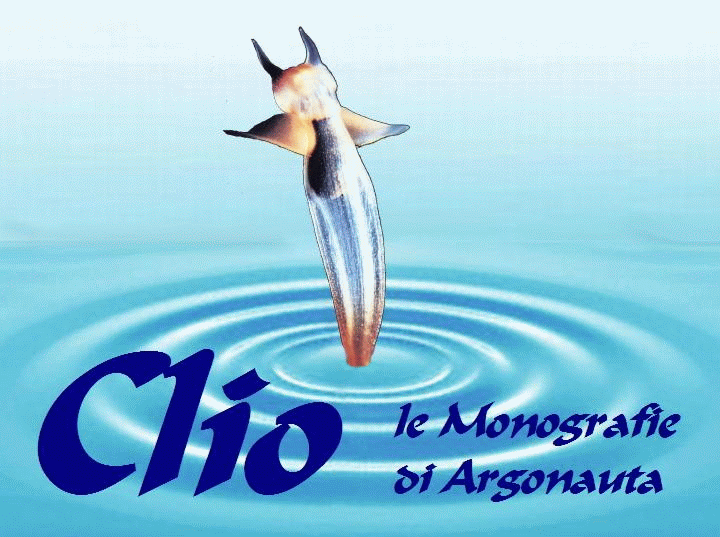
Clio supplemento a Argonauta n. 7-12 2011
 |
 |
All the images may be enlarged with a click.





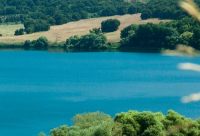


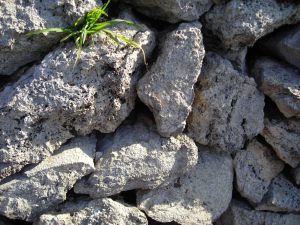
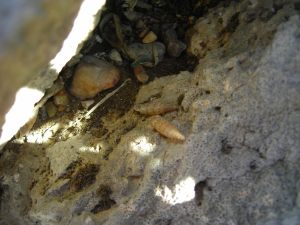










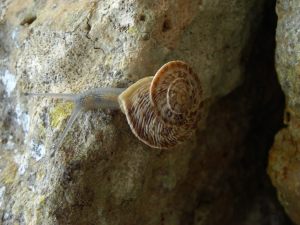
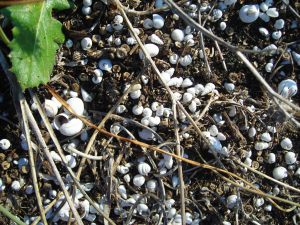

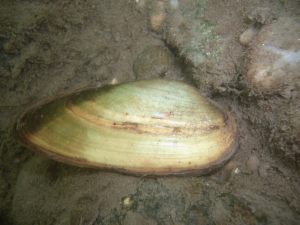
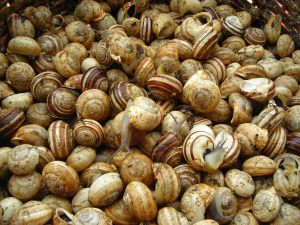





Dove raccogliere molluschi terrestri
1 - Nei laghi, sia sulle rive che in acqua. Le specie di acqua dolce non sono molte ma sono diffuse un poco ovunque. 2 - Nei corsi d'acqua di vario tipo. Attenzione le loro sponde sono spesso instabili ed è quindi pericoloso percorrerle. 3 - In montagna sulle rocce soprattutto se offrono riparo dalle intemperie. Sono frequenti questi raggruppamenti anche di numerosi individui. 4 - Nei muretti a secco. Si tratta di quei muretti fatti di pietre irregolari sovrapposte senza malta o cemento per unirle. I contadini li costruivano per liberare i campi dall'ingombro delle pietre o per arginare l'erosione della terra da parte delle piogge. Con le loro fessure irregolari sono un riparo perfetto per i molluschi, soprattutto di quelli di pochi millimetri. 5 - Ecco alcune Clausilidae in una fessura di un muretto ai lati di un campo. 6 - Le fessure di antiche mura offrono buoni rifugi per molte specie come queste Murella scabriuscula nelle mura della rocca di Erice in Sicilia. 7 - Nelle dune sabbiose dietro le spiagge del mare si trovano spesso grandi quantità di conchiglie lasciate da molte specie di molluschi. 8 - Nelle acque dei corsi d'acqua e dei laghi si trovano vari molluschi di acqua dolce come questi Viviparus contectus. 9 - Anche i bivalvi popolano le acque come questa Unio mancus del fiume Adda nella zona di Rivolta d'Adda. 10 - Fanno parte delle specie da collezionare anche tutti quei molluschi usati dall'uomo a fini alimentari e quindi reperibili nei mercati locali. |
Where to collect land snails
1 - In lakes, both on shore and in water. The freshwater species are not many but they are spread a little everywhere. 2 - In watercourses of various types. Attention to their banks are often unstable and therefore dangerous to travel. 3 - In the mountains, especially if the rocks provide shelter from the weather. Frequently these groups are also of many individuals. 4 - In the dry stone walls. It is these walls made of irregular stones stacked without mortar or cement to unite them. The farmers built them to rid the fields of stones or encumbrance to stem the erosion of the earth by the rains. With their irregular cracks are a perfect shelter for shellfish, especially those of a few millimeters. 5 - Some Clausilidae in a crevice of a wall on either side of a field. 6 - The cracks of old walls offer good shelter for many species such as Murella scabriuscula in the walls of the fortress of Erice in Sicily. 7 - In the sand dunes behind the beaches of the sea are often large quantities of shells left by many species of molluscs. 8 - In the waters of rivers and lakes are a number of freshwater mussels as these Viviparus contectus. 9 - Even as the bivalves Unio mancus that inhabit the waters of the river Adda in area Rivolta d'Adda. 10 - They are part of the species of shellfish collecting also all those used by humans for food and then be found in local markets. |
